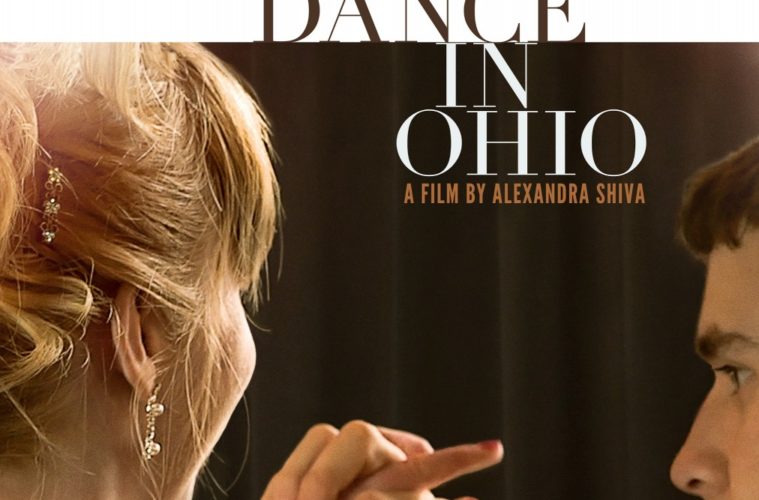While generations of high school films have used the prom or homecoming as a climax, the stakes have never simultaneously been so high or paradoxically as low as they are in Alexandra Shiva’s touching, important new documentary How to Dance in Ohio. “Life begins at the end of your comfort zone,” reads a poster that adorns the offices of Amigo Family Counseling, an organization that works with teens and young adults on the autism spectrum, who are chronicled in the film as they prepare for a formal dance organized by counselor Emilio Amigo.
Shiva’s intimate approach captures moments of triumph and pain along the way, making the struggle of autism accessible to families and communities coping with the affliction. Bravely, several of Amigo’s patients allow intimate details to be chronicled as they share their stories with us. These include Marideth Bridges, a high functioning and curious young women who must be reminded with a checklist to wash her hair every morning and Caroline McKenzie, who attends community college but could not understand a last-minute classroom change.

One of the most intimate stories allows us access the private thought process of Jessica Sullivan, who imagines herself as an anime character. Working in a not-for-profit bakery run by Dr. Audrey Todd — a psychologist who doles out tough love to Jessica — we see her modulate her tone between that of a boss and a psychologist. Her advice is invaluable as Jessica, who craves independence from her caring parents and hopes to move out and upwards. In one heartbreaking scene Jessica has a breakdown causing Dr. Todd to intervene; this is a strong personal moment that effectively illustrates the abstract emotions Jessica and her peers struggle to articulate.
Weaving the stories together with the work of Dr. Amigo and his team of facilitators and social workers, How to Dance in Ohio is a richer experience than its title suggests. Too often social issue documentaries will chronicle an issue via an event (such as the dance) as a means of constructing a story about an affliction, all while missing the richer, personal stories found within.
Focusing mostly on young women living with the affliction, How to Dance in Ohio circumvents the usual issues chronicled in other social advocacy documentaries, personalizing the struggle felt by these kids and their families. Drilling down to a narrow cinéma-vérité style at times leads to richer pay-off: while the major event is not quite as magical as we’d expect (taking place on a sunny afternoon in a strip mall night club), it contains individual moments of triumph as boys and girls ask each other to dance. It’s a small but brave step for these young adults.
How to Dance in Ohio is screening at the Montclair Film Festival and will air on HBO in the fall.

